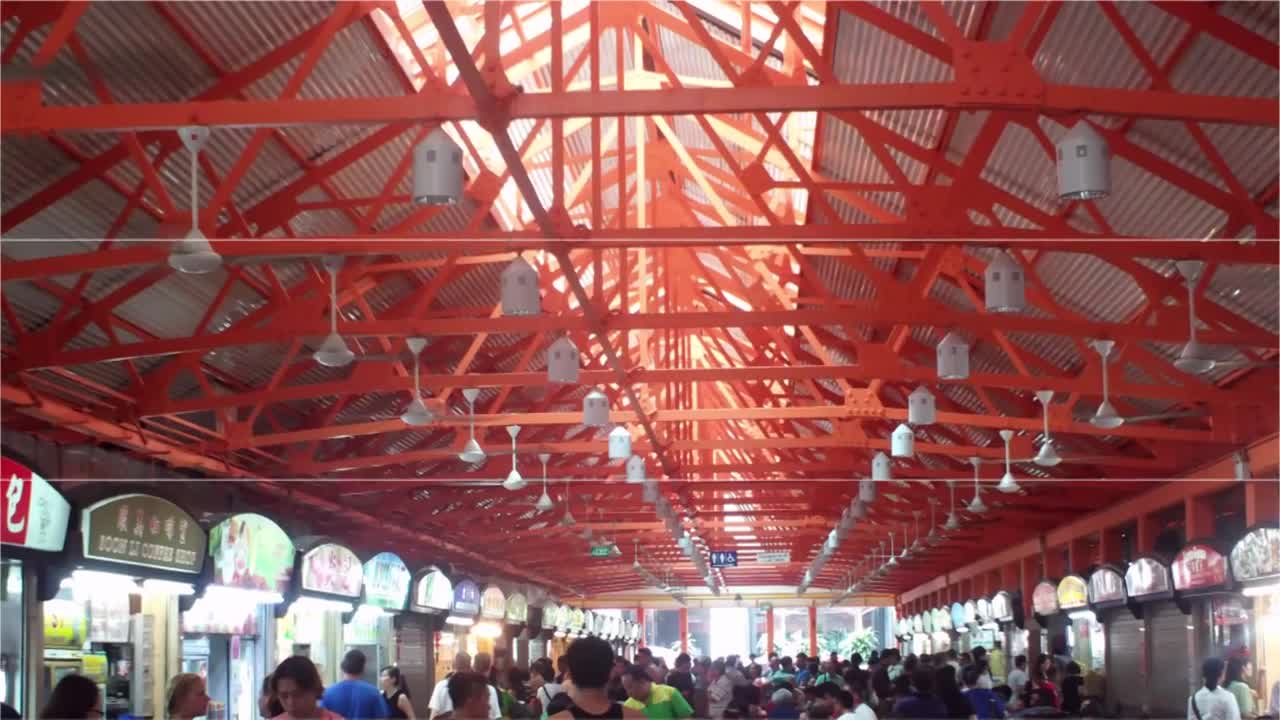Premium Only Content

Cuisine and Hawker Food of Singapore
Singaporean cuisine is indicative of the ethnic diversity of the culture of Singapore, as a product of centuries of cultural interaction owing to Singapore's strategic location. The food is influenced by the native Malay, the predominant Chinese, Indonesian, Indian, Peranakan and Western traditions since the founding of Singapore by the British in the 19th century. Influences from other areas such as Sri Lanka, Thailand, Philippines, and the Middle East exist in local food culture as well.
This phenomenon makes the cuisine of Singapore a cultural attraction. Most prepared food bought outside the home is eaten at hawker centres or food courts, rather than at actual restaurants. These hawker centres are abundant and cheap, encouraging a large consumer base.
In Singapore, food is viewed as crucial to national identity and a unifying cultural thread; Singaporean literature declares eating as a national pastime and food, a national obsession. Food is a frequent topic of conversation among Singaporeans. People from different communities often eat together, while being mindful of each other's culture and choose food that is acceptable to all.
As Singapore is a small country with a high population density, land is a scarce resource devoted to industrial and housing purposes. Most produce and food ingredients are imported, although there is a small group of local farmers who produce some leafy vegetables, fruit, poultry, and fish.
Singaporean cuisine has been promoted as an attraction for tourists by the Singapore Tourism Board, as a major attraction alongside its shopping. The government organises the Singapore Food Festival in July to celebrate Singapore's cuisine. The multiculturalism of local food, the ready availability of international cuisine and styles, and their wide range in prices to fit all budgets at all times of the day and year helps create a \"food paradise\".
QUESTIONS?
-
 1:15:02
1:15:02
Man in America
9 hours agoTHE GREAT TAKING: They’re Coming for YOUR Assets—the Sinister Plan Exposed w/ James Patrick
24K7 -
 LIVE
LIVE
Amish Zaku
3 hours agoCall in Creations EP# 10 Featuring GamerGril
25 watching -
 1:11:52
1:11:52
Omar Elattar
9 hours agoThe Ex-Marine Millionaire: "How I Turned My $26K in Savings to $70M at 35!"
23.5K1 -
 LIVE
LIVE
I_Came_With_Fire_Podcast
12 hours agoChina Trade War | Driving Miss Perry | German Court
261 watching -
 1:37:07
1:37:07
Glenn Greenwald
5 hours agoAre We Moving Towards War With Iran? PLUS: Zaid Jilani on the El Salvador Deportations and Harvard’s Fight Against Trump | SYSTEM UPDATE #440
99.2K47 -
 1:42:53
1:42:53
Badlands Media
19 hours agoAltered State S3 Ep. 24: Letitia James Exposed, Harvard's Fall from Grace, and the Woke Hollywood Implosion
49.3K11 -
 LIVE
LIVE
SpartakusLIVE
6 hours agoCustoms w/ Stonemountain64 || Regular WZ DUBS to follow
131 watching -
 4:53
4:53
Esports Awards
16 hours agoG2 JAWGEMO destroys T1 at the MASTERS GRAND FINAL | Esports Play of the Month March
8.47K -
 56:44
56:44
BonginoReport
7 hours agoMusk Baby Mama’s Media Blitz Is Embarrassing - Nightly Scroll w/Hayley Caronia (Ep.28) - 04/16/2025
140K80 -
 LIVE
LIVE
Misfit Electronic Gaming
7 hours ago $0.01 earned"LIVE" NewPlanet=Lots of food+DinoAliens "EMPYRION" Day 7 Jokeuhl NubesAlot2 & "Void Train"
16 watching